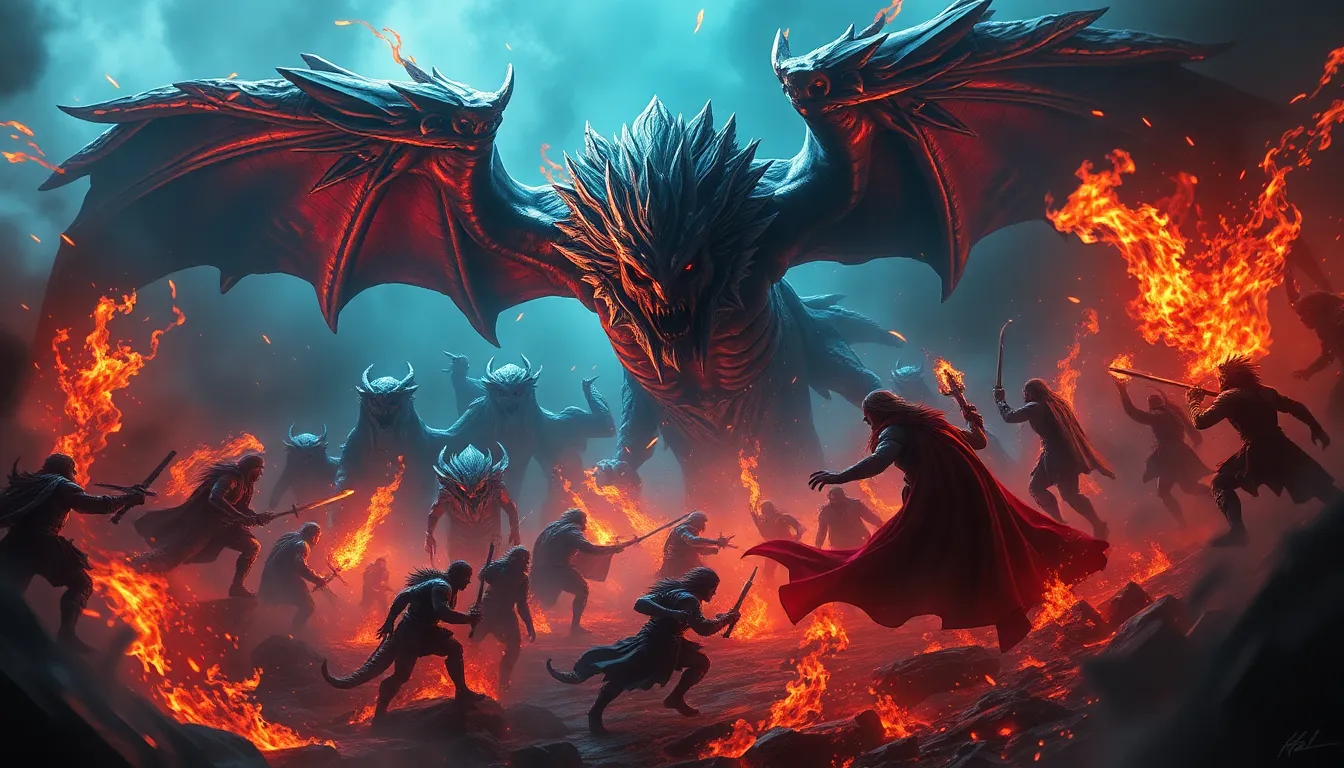The Role of Mythical Beasts and Creatures in Norse Mythology
Introduction to Norse Mythology
Norse mythology, originating from the ancient beliefs and folklore of the Scandinavian people, is rich with captivating tales of gods, giants, and mythical beings. Often intertwined with powerful beasts and fantastic creatures, Norse mythology offers a unique glimpse into the ancient Norse worldview.
Significance of Mythical Beasts in Norse Mythology
Mythical beasts and creatures play a central role in Norse mythology, symbolizing various aspects of the natural world, human condition, and cosmic order. These creatures are not merely fantastical entities but hold profound symbolic meanings that add depth and complexity to the stories.
Notable Mythical Beasts in Norse Mythology
Among the diverse array of mythical beings in Norse mythology, some stand out for their prominent roles and intriguing characteristics. Creatures like the fearsome dragon Nidhogg, the monstrous wolf Fenrir, the enchanted unicorn-like creature known as the Kirin, and the majestic dragon-like serpent Jörmungandr all contribute to the rich tapestry of Norse folklore.
Legacy and Influence of Mythical Beasts in Today’s Culture
The legacy of these mythical beasts and creatures extends far beyond ancient tales, permeating contemporary literature, art, and popular culture. Their symbolism continues to captivate audiences worldwide, inspiring creativity and imagination for generations to come.
FAQ: The Role of Mythical Beasts and Creatures in Norse Mythology
What are some prominent mythical beasts in Norse mythology?
In Norse mythology, notable mythical creatures include the fearsome dragon Nidhogg, the world-serpent Jormungandr, the mighty wolf Fenrir, and the magical horse Sleipnir, among others.
How do these mythical creatures impact Norse mythology?
These mythical beasts play crucial roles in various Norse myths, often symbolizing chaos, destruction, or impending doom. For instance, Fenrir’s eventual role in Ragnarok signifies the end of the world in Norse beliefs.
Do these creatures have positive aspects in Norse mythology?
While many of these beasts are associated with negative connotations, some creatures like the protective dragon Fafnir or the guardian spirits known as Valkyries also showcase positive or protective attributes.
What lessons can we learn from the mythical creatures in Norse mythology?
The mythical beasts in Norse mythology often represent different aspects of life, such as the inevitability of fate, the importance of bravery in the face of challenges, or the cyclical nature of existence. These tales can inspire courage, resilience, and a deeper understanding of the human experience.



